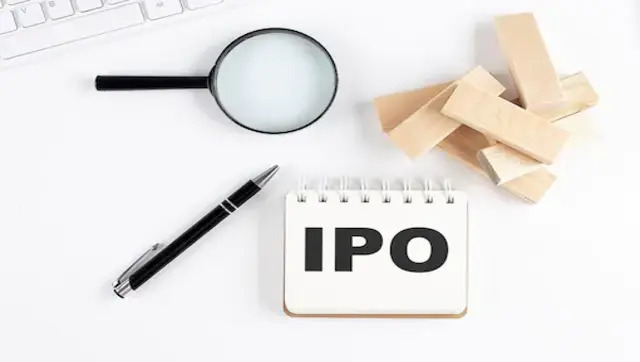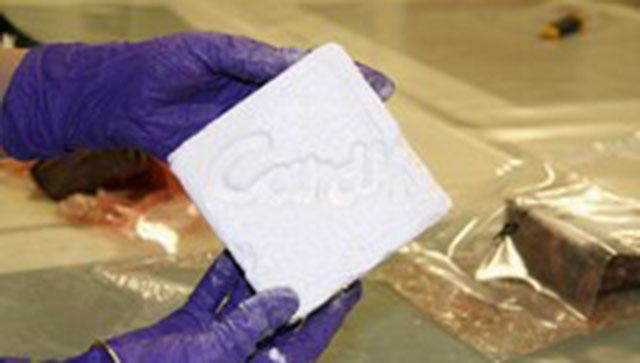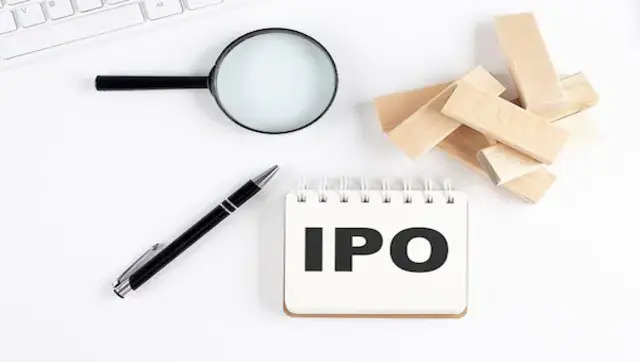Belgium-born and Wharton School dropout, Nirav Modi landed in India in the 1990s to learn about the diamond trade under the tutelage of his uncle Mehul Choksi, eventually moving on to establish his own brand Firestar. Given the trajectory of his entrepreneurship, from creating a global luxury brand at a scale that had never emerged from India before, to his steep crash as the Punjab National Bank (PNB) exposed his fraud of up to Rs 14,000 crore by some reports, which embarrassed the country on that same global level, Modi has vehemently captured the Indian imagination.
Much of the mystery around the man and his business is quelled in Flawed: The Rise and Fall of India’s Diamond Mogul Nirav Modi, written by senior journalist Pavan C Lall and published by Hachette India. In the book, Lall comprehensively recounts Modi’s young days, initiation into the diamond industry and his training there, the rise and lavishness of his business, its eventual fall, and aftermath. Lall also drives home how impatience was Modi’s undoing, his great flaw. “I think his basic downfall was that he didn’t have patience. The question to ask is, ‘why did he not have patience?’ He didn’t have patience because he was obtaining funds illegally,” Lall told Firstpost in an interview.
What Modi did have, says Lall, is an “appetite for risk”. He was, it seems, counting on a dazzlingly successful initial public offering (IPO) as a way of paying off his illegally obtained funds. Lall counts two external hindrances to this plan: demonetisation, and a change of management at PNB, meaning the insiders working with him were displaced. The third, Lall reiterates, was impatience. “Had he slowed down the pace of expansion, it could have potentially worked,” says Lall about Modi’s risky and ambitious plan.
Modi certainly seemed to have the business sensibility to know what he was doing and, many guess, would perhaps have pulled it off. “I don’t think Nirav was unnecessarily arrogant. I think it was confidence backed by having the financial capability to execute what he thought was a doable vision as a business,” explains Lall. The diamond merchant was almost like Icarus, flying too close to the sun, and falling.
At its height, Modi’s business was imbibed with the quality and values of some of the biggest European luxury brands. His stores stood in affluent retail locations in Mumbai, Delhi, London, and New York, among others. His business, as Lall explains in the book, was thoroughly researched and meticulously built with a front-end reflecting flawless elegance. “We are relentless in the pursuit of perfection, and to see that every jewel is crafted with the highest level of detail,” Modi is quoted as saying in a 2017 interview . Lall also attests to his quality: “He achieved a fair amount of success for one simple reason: his stones were terrific.” Lall adds about Modi’s products: “His design by far was the most progressive, most international thing to come out of the jewellery market [in India>.”
However, to nurture the type of emotional connect that encourages buyers to invest handsomely in a brand, to furnish luxury, takes time. “He would price himself perhaps in the same league as Harry Winston, Inc. or a Bulgari or a Cartier, and he wasn’t there yet. All these brands have probably been around for the better part of a century, if not more.” And Modi’s brand had about a decade behind it; not enough time to build a luxury brand. “Had Nirav Modi gone about building his business the normal way, and allowing his Embrace bangles to just take off without being in a rush, in 10 years’ time it would have become a status symbol. But the point is, he was in a rush,” adds Lall.
Lall recounts how Nirav Modi actually had a robot with a massive iPad style monitor that could be remote-control activated and which he used to crawl around his factory in Andheri while he’d be in New York. “He used that to talk to his employees. So Nirav was watching even while he was not in India,” says Lall.
Besides the monitoring and detailed involvement, Lall also points to an “extreme confidence” in Modi’s approach to business. While most entrepreneurs cover all their bases, having backup plans and backup plans for those backups as well, Modi did not. “I asked him a question when I interviewed him in 2013, as to whether he had any plan Bs. And his answer was ‘I don’t believe in plan Bs’,” says Lall. And while with everything from his stones, branding and marketing to business model and employees Modi demanded the highest quality, with his IPO, he was willing to consider options beyond his original plan.
“Private equity would have drilled down and realised that his numbers, as far as his design brand was concerned, the retail numbers for his label were not commensurate with the kind of returns that he was hoping to get from an IPO,” explains Lall. Modi also met investment bankers, many of whom backed off when they saw the high debt on the balance sheets of his retail operation, Lall explains in the book. Modi then turned to second-tier banks, which seems uncharacteristic considering his business mind-set. “Clearly he was under pressure to deliver fast for reasons that are best known to him. One can surmise that he was aware that his financing was going to be coming to an end,” adds Lall.
And then on 29 January, 2018, PNB registered the complaint against Modi, alleging that he had led the biggest bank fraud in Indian history. Besides the massive psychological hit this scam had on businesses across the country, the entire diamond industry negatively impacted. “Every bank that was lending to jewellers hit the brakes,” says Lall. Modi, now in custody in London, recently applied for bail a fifth time — which was rejected on 6 November — and awaits an extradition trial in May 2020. And while speculation about the outcome of his case abounds, more important is the continuing impact of his actions on the business minds of the country.
While start-ups often aim to be the next billion dollar company, “I think it’s very important to realise that failure is a large part [of business> and that you need not win at every cost,” Lall points out. Risk is an inescapable part of business, but the mentality of winning at any cost needn’t be. “Call me naïve but I would like to think you can build businesses honestly,” he says. “And I really mean that.”


)




)
)
)
)
)
)